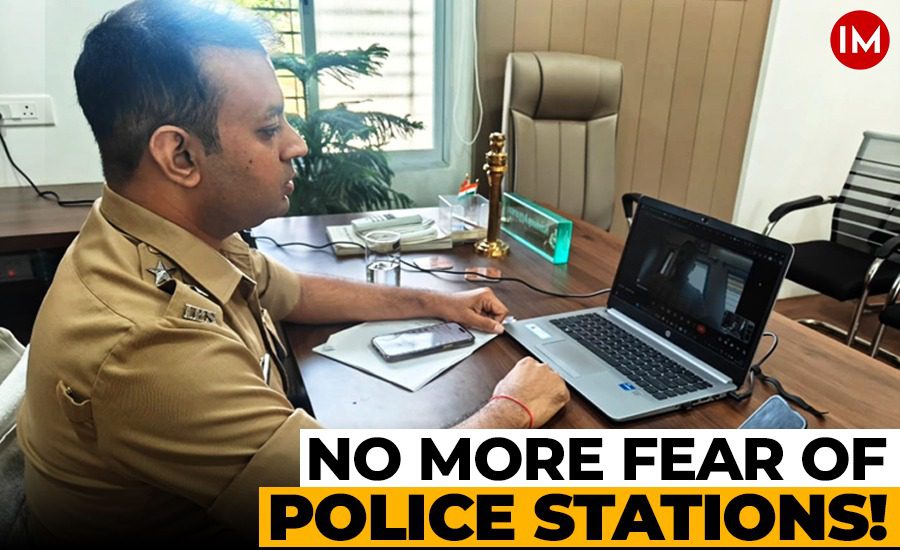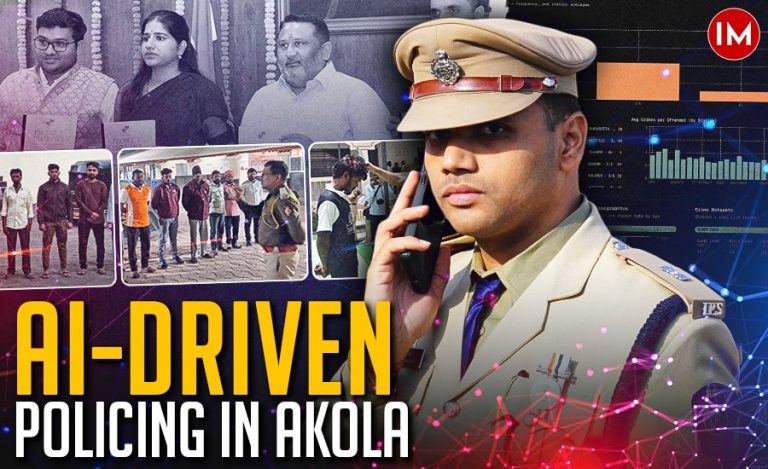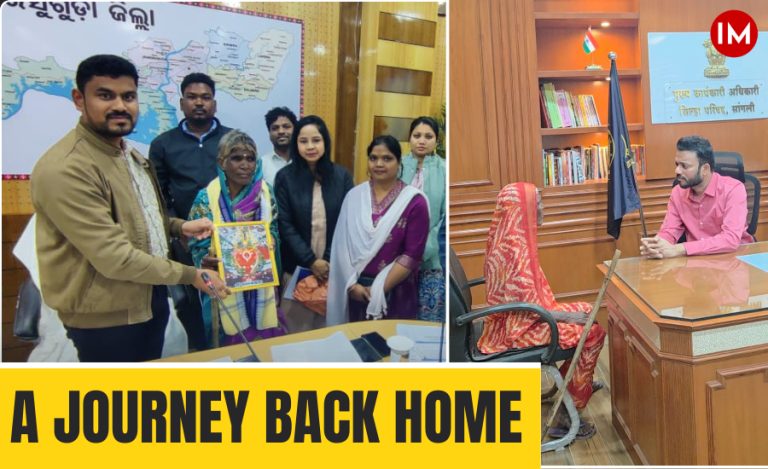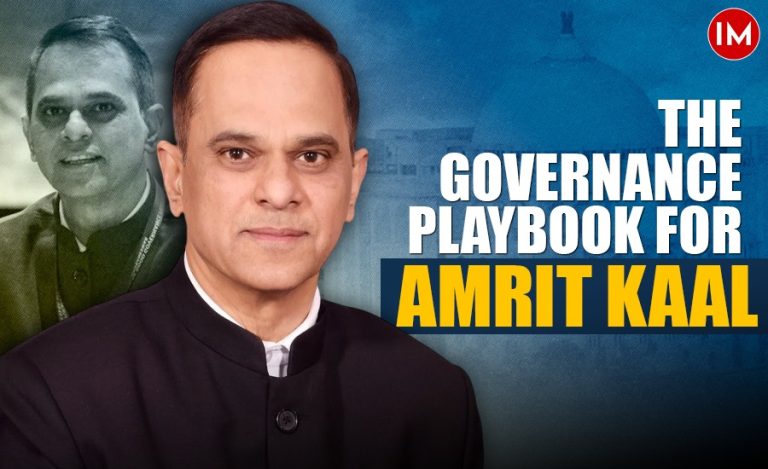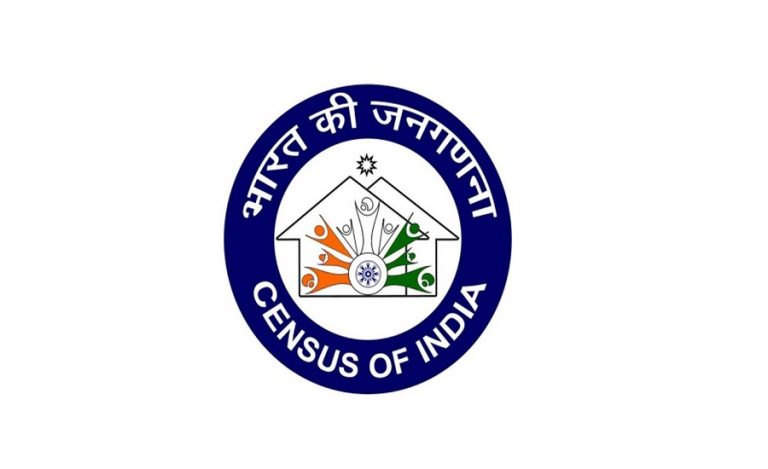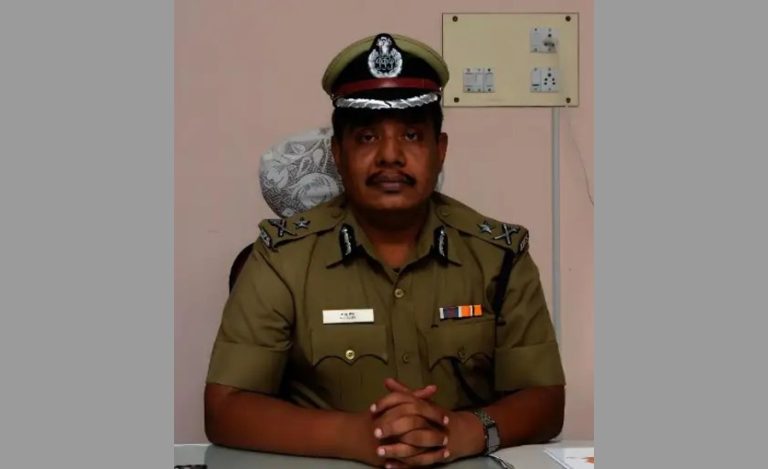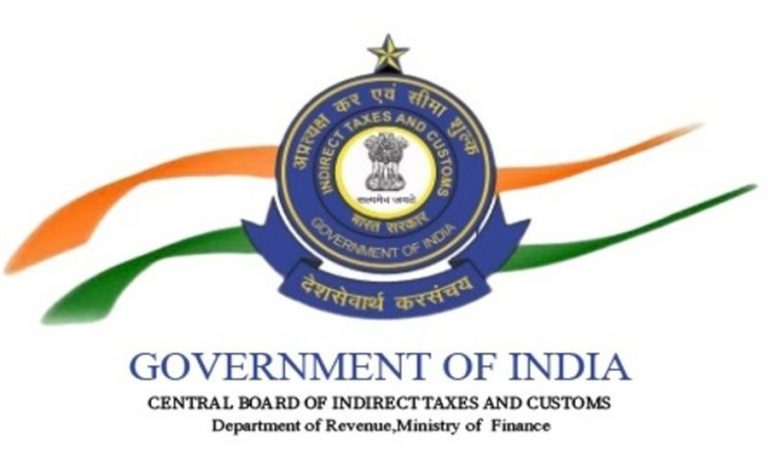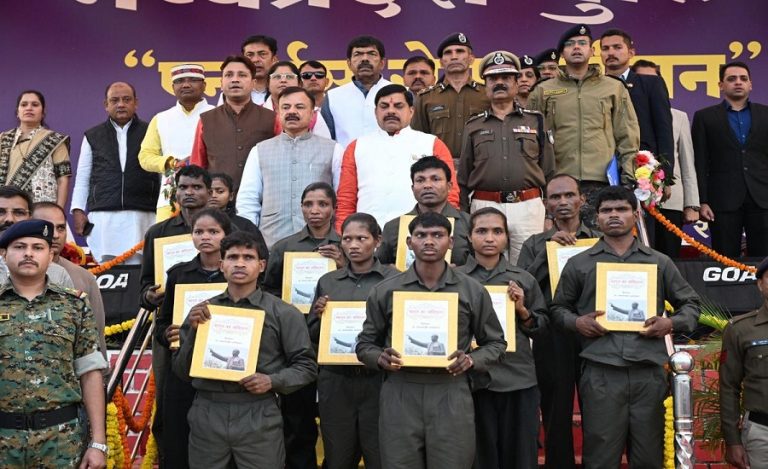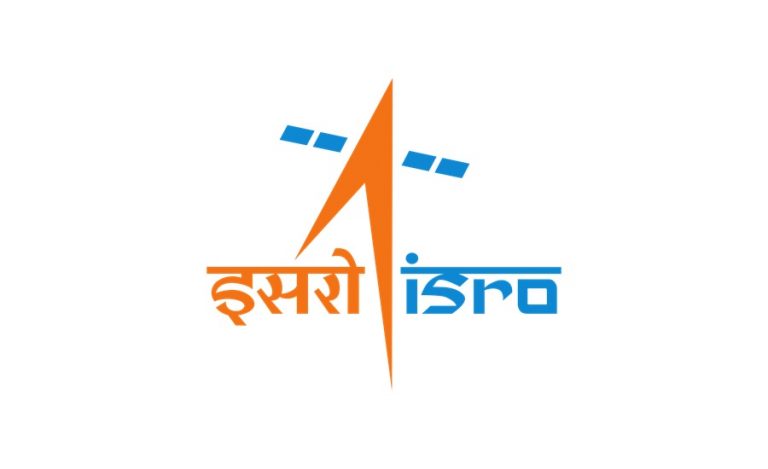For most people, visiting a police station can be intimidating. Even for minor issues, many prefer to travel long distances to meet higher officials rather than step inside their local thana. IPS Navdeep Aggarwal, Assistant Superintendent of Police (ASP), Washim, Maharashtra, noticed this disconnect first-hand.
“In my office, I saw people coming from 80–200 kilometers away for very small grievances. They’d travel all that distance, meet me for five minutes, get their work done, and leave. That’s when I felt something was missing: a way to reach them without the fear of a police station,” he shared in an exclusive conversation with Indian Masterminds.
That thought led to a simple but powerful idea, “Direct Dialogue with ASP”, a system that uses AI-based video conferencing to connect citizens directly with the police, from the comfort of their homes.
A VIRTUAL WINDOW TO JUSTICE
Through this initiative, anyone in Washim can now talk directly to the ASP via a video call. No travel, no intermediaries, and no fear. All it takes is a QR code placed at every police station and chowki. Citizens scan it, fill out a short appointment form in Marathi, and book a 10-minute slot.
The appointment is scheduled automatically through Calendly, an AI-based scheduling platform. “It’s completely free, and I integrated it myself using simple coding tools,” says Aggarwal, who also designed the system’s backend using Python.
Once the meeting takes place, the AI system automatically generates a summary of the conversation, identifies the actionable points, and forwards them to the concerned police station or department.
For instance, if a caller reports repeated thefts in a locality, the system flags it, assigns a follow-up action like increased patrolling, and ensures a follow-up mail is sent a week later to check if the issue has been resolved.
AI BEHIND THE BADGE
While technology is the backbone of the system, Aggarwal’s innovation lies in how he uses AI to simplify human interaction.
“The AI listens to our conversation and translates it into tasks – like contacting a particular officer, setting a deadline, or marking a case for follow-up,” he explains. “I don’t even have to type it. The machine learns from the language we use and generates outputs automatically,” the officer told Indian Masterminds.
The system’s Natural Language Processing (NLP) capabilities also allow it to understand Marathi, though Aggarwal occasionally fine-tunes it manually when the dialects get complex.
All of this has been achieved using freely available online tools, with zero cost to the government. “The idea was to make something efficient and transparent, but also cost-effective. You don’t always need expensive vendors or big budgets—just some creativity and coding,” he shared.
BUILDING TRUST, ONE CALL AT A TIME
Beyond technology, what truly sets this initiative apart is its human intent, to make the police more approachable.
“People hesitate to walk into a police station, but they’re comfortable talking from home,” Aggarwal says. “This small change helps us connect with them better, especially for sensitive issues.”
To expand awareness, QR codes are being distributed through Police Patils—village-level liaisons who communicate local issues to the police. Soon, posters will also be displayed in panchayat samiti buildings to reach rural citizens.
Though the system is still in its pilot stage, early test calls have shown promise. Once fully rolled out, it’s expected to handle hundreds of calls a week, enabling quicker resolutions and a stronger bond between citizens and police.
DATA-DRIVEN POLICING FOR A SAFER FUTURE
Aggarwal has also developed a real-time dashboard that categorizes grievances based on location and theme—helping identify emerging patterns like theft-prone areas or recurring land disputes.
“If I see multiple complaints from one police station, it indicates something is not being handled properly. That will reflect in their reports,” he explains. “It also helps us take preventive steps—like more patrolling in specific areas or better street lighting.”
But he’s not stopping here. His next project, Predictive Policing, aims to use AI to forecast crime trends and plan preventive actions in advance. “We already have so much data,” he says. “It’s just about asking the right questions and letting the system learn from patterns.”
A NEW KIND OF POLICING
For Aggarwal, technology is not about replacing people—it’s about empowering them. His initiative represents a new kind of community policing, where accessibility, accountability, and empathy go hand in hand with innovation.
“A small step in technology can become a big leap in trust,” he says thoughtfully. “If we can make citizens feel heard without fear, that’s the real success of policing.”

